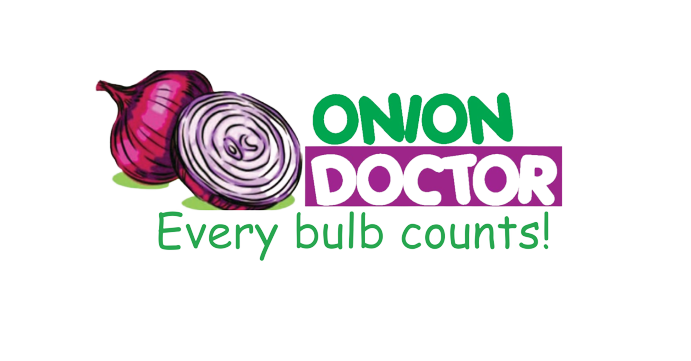ONION FARMING IN KENYA:GROWING ONIONS IN A KITCHEN GARDEN

Are you in need of in-depth knowledge on onion and garlic production? If yes, we are a call away. Our service chatter includes: Onion seedlings, Garlic seedlings, Farm planning services, Soil testing, Drip irrigation installation and maintenance, Agronomic support, Onion and Garlic value pack and Farm management. For free consultation, placing orders or booking a visit with an agronomist, please contact us via Call or What’s app +254703982228, Email: Info@oniondoctor.co.ke.
Growing onions in a kitchen garden can be a rewarding experience. Onions are relatively easy to grow and require minimal space, making them suitable for small gardens or even containers. Here's a step-by-step guide on how to grow onions in a kitchen garden:
Varieties: We have varieties that do well in hot low altitude areas such Neptune f1, Redcoach F1 ,Jambar F1 and varieties that do well in colder high altitude areas such as Russet F1,Malbec F1. Broadly, short day varieties do well in cooler areas while long day varieties do well in hotter areas.
Onion Doctor supports small holder farmers across Africa with quality and affordable Onion and Garlic seedlings, Onion seedlings, Farm planning services, Soil testing, Drip irrigation installation and maintenance, Agronomic support, Onion and Garlic value pack, Farm management, E-extension and on-farm training for farmers to optimize on yields and get maximum profits.
